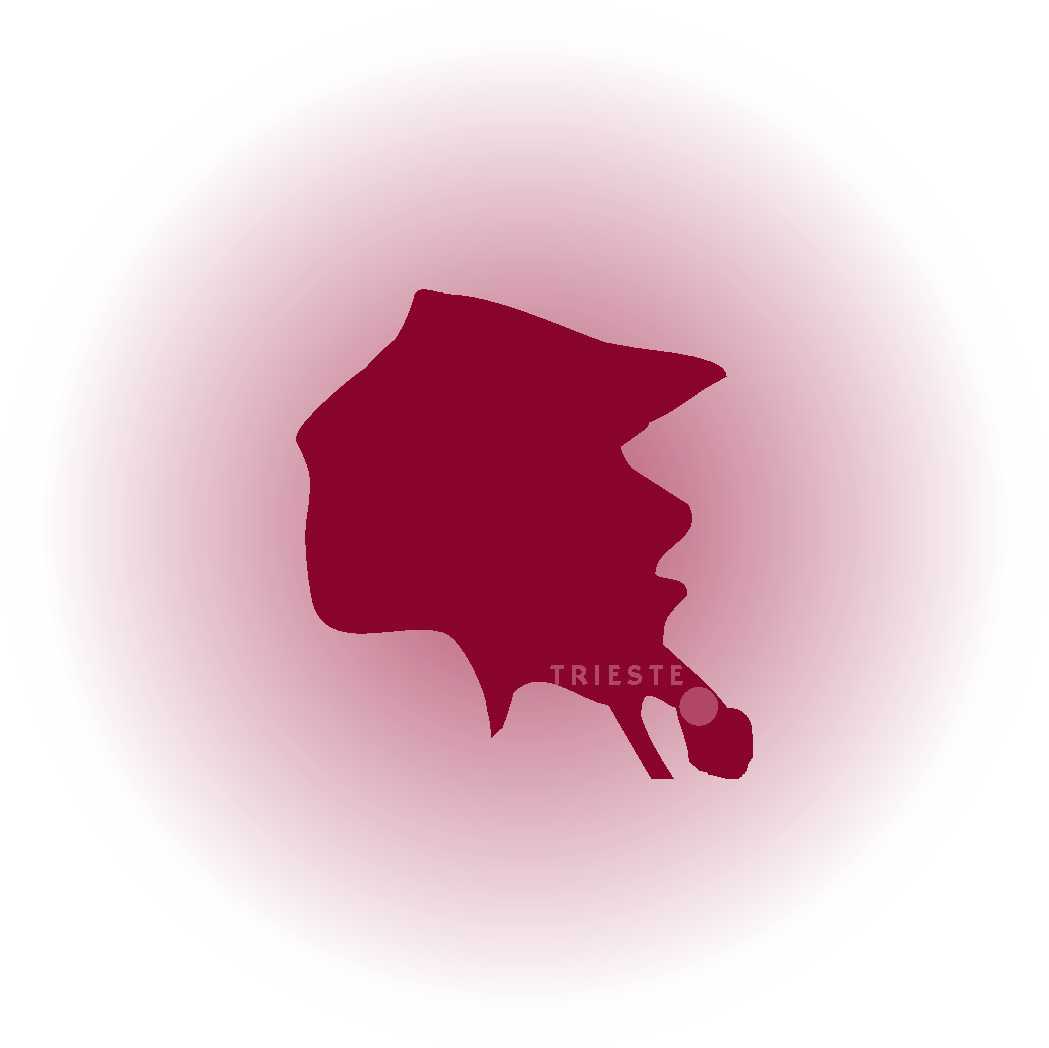Grappa of Friuli Venezia Giulia between tradition and modernity
Friuli Venezia Giulia is a land with a rich cultural and wine heritage. Distillation is a centuries-old tradition deeply rooted in the people of Friuli.
The History of Distillation in Friuli
Following the Dominion of the Republic of Venice over Friuli, beginning progressively from the 1400s, the trade of aquavit experienced new developments, thanks also to the work of the physician from Padua, Michele Savonarola (1384-1462), an innovator and scholar of distillation. The establishment of the Aquavit Makers' Guild in Venice in 1601 also made its influence felt in Friulian lands.
Emilio Comboni and the Distillation Revolution
At the end of the 1800s, Emilio Comboni revolutionized the distillation process with his steam-powered basket still. Welcomed within the walls of many distilleries, this type of still, still in use today, was complemented after World War II by continuous cycle systems.
Production thus diversified between those who distill large quantities and those who still pursue artisanal and small-scale production.
Friulian Grape Varieties: Treasures of White and Red Berries
In Friuli, many white grape varieties are cultivated, such as Friulano, Istrian Malvasia, Ribolla Gialla, Riesling, Sauvignon, Chardonnay, and Pinot Bianco. Among the red varieties, we find Franconia, Refosco dal Peduncolo Rosso, Pignolo, Cabernet, Merlot, and Pinot Nero.
The "Sgnape Furlane"
The Grappa of Friuli Venezia Giulia, also called by the dialect term "Sgnape," is very varied, offering, on the one hand, a style still linked to the dryness of the distillate, in which the palate of those who want to perceive a strong taste is found; on the other hand, softer and fruitier Grappas express elegance and floral notes, winning the favor of many tasters.
The History of Distillation in Friuli
Following the Dominion of the Republic of Venice over Friuli, beginning progressively from the 1400s, the trade of aquavit experienced new developments, thanks also to the work of the physician from Padua, Michele Savonarola (1384-1462), an innovator and scholar of distillation. The establishment of the Aquavit Makers' Guild in Venice in 1601 also made its influence felt in Friulian lands.
Emilio Comboni and the Distillation Revolution
At the end of the 1800s, Emilio Comboni revolutionized the distillation process with his steam-powered basket still. Welcomed within the walls of many distilleries, this type of still, still in use today, was complemented after World War II by continuous cycle systems.
Production thus diversified between those who distill large quantities and those who still pursue artisanal and small-scale production.
Friulian Grape Varieties: Treasures of White and Red Berries
In Friuli, many white grape varieties are cultivated, such as Friulano, Istrian Malvasia, Ribolla Gialla, Riesling, Sauvignon, Chardonnay, and Pinot Bianco. Among the red varieties, we find Franconia, Refosco dal Peduncolo Rosso, Pignolo, Cabernet, Merlot, and Pinot Nero.
The "Sgnape Furlane"
The Grappa of Friuli Venezia Giulia, also called by the dialect term "Sgnape," is very varied, offering, on the one hand, a style still linked to the dryness of the distillate, in which the palate of those who want to perceive a strong taste is found; on the other hand, softer and fruitier Grappas express elegance and floral notes, winning the favor of many tasters.


